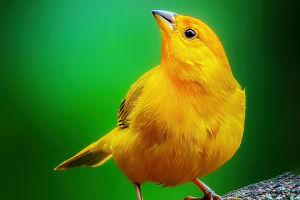Alpacas, often perceived as gentle creatures, unveil a surprising aspect of their behaviour through their propensity to spit.
Despite their cute appearance and calm demeanour, these South American camelids exhibit a unique social dynamic involving spitting as a communication and defence mechanism.
Contrary to popular belief, alpacas are not a cross between sheep and camels but rather the offspring of a cross between a guanaco and a vicuña. Guanacos, the wild ancestors of alpacas and domestic camels, remain undomesticated and are primarily found in South America.
On the other hand, vicuñas boast plush fur of exceptional quality and resemble guanacos in appearance, albeit smaller in size with a lighter facial hue.
The revelation that alpacas are more closely related to camels than sheep sheds light on their unexpected temperament. While they may appear docile, alpacas can display aggressive behaviour when they perceive a threat to their safety. This often manifests as spitting, leaving an unforgettable sour odour lingering.
Interestingly, alpacas do not reserve their saliva attacks solely for humans. As social animals, they spit bouts with each other, mainly when competing for food or asserting dominance within the group. Lower-ranking individuals may challenge those of higher status, leading to confrontations involving hooves, body strikes, wrestling, and spitting.
Female alpacas, in particular, are known to spit more frequently than their male counterparts. During pregnancy, they may resort to spitting as a means of warding off unwanted advances from males or rejecting suitors they deem unsuitable.
The surprising spitting behaviour of alpacas is not confined to their interactions with each other. Recent reports from Leon County, Florida, highlight an amusing yet embarrassing encounter between law enforcement officers and an escaped llama.
The defiant llama spat at the officers during the capture process, leaving them bewildered and bemused.
Despite their generally docile temperament, alpacas can exhibit irritability and frustration. When confronted with unpleasant stimuli, they may spray secretions and faeces from their noses or spit at other animals to express their displeasure. Additionally, they may emit distressing sounds akin to a camel when experiencing pain or discomfort.
Like human emotional expression, Alpaca spitting serves as a means for these creatures to communicate and vent their emotions. However, the most repulsive aspect of their spitting behaviour lies in the potential for a second, more aggressive attack.
When provoked, alpacas can emit a green, acidic, and nauseating substance, aptly described as "vomit," with a range of up to three meters. This noxious emission is a potent deterrent, typically driving away perceived threats. The alpaca may resort to physical aggression to defend itself if the target persists.
The surprising spitting behaviour of alpacas sheds light on these seemingly gentle creatures' intricate social dynamics and emotional complexity. While their adorable appearance may deceive many, alpacas possess a formidable defence mechanism rooted in their evolutionary history and social interactions.


